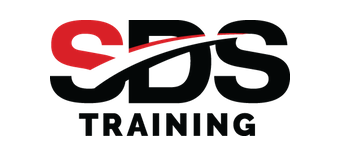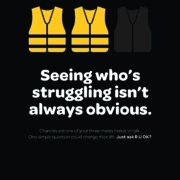With the warmer days slowly creeping in on us we thought it’d be the perfect time to sit down and chat about your legal obligations to help protect your employees from the heat this Summer.
Believe it or not, but working in the scorching heat isn’t actually all that good for us. There are an array of health issues and illnesses that can present or worsen from exposure to warmer weather and some of these conditions can be downright dangerous (and deadly!). From basic dehydration and mild sunburn to heat stroke and skin cancer, mother nature is a powerful force and we should take cover (literally) to protect ourselves from her wrath.
Safe Work Australia is an Australian Government statutory body that was established in 2009 to protect the interests of both employers and employees alike in the establishment of a safe working environment for all. As an employer, you have a legal duty of care to your employees and part of that duty of care includes ensuring their working conditions are suitable and safe.
There is a chain of responsibility for the mitigation and management of heat related risks, spanning from company directors to individual workers.
Each party in the chain must work together to:
1. Identify potential hazards – Think air flow, humidity and sources radiating heat.
2. Assess the risks – Ask yourself: How severe is the risk? Are your existing control measures effective? How urgently does it need to be remedied?
3. Control the risks – You must do everything that is reasonably practicable to eliminate any risks associated with working in heat even if that includes cancelling/postponing work tasks.
4. Review control measures – Continuous reviews of the control measures are imperative to ensure that risks remain mitigated and new hazards or risks that present are controlled.
Ideas, Tips and Tricks to Manage Risks:
- Use of plant or other equipment to reduce the levels of manual labor required (e.g. a forklift to lift heavy objects or earth-moving equipment for digging).
- Schedule strenuous work for cooler hours in the day.
- Modify work uniforms (where possible) to assist with regulation of body temperature.
- Educate all members of staff on the hazards of heat, signs of heat-related illnesses and how to manage the risks associated (e.g. make sure staff are trained to deliver first aid).
- Provide easy access to cool drinking water.
These are just a small sample derived from a plethora of ways to mitigate the risks that the heat poses to workers. For more information on heat related hazards, risks and your obligations in the control of these, please visit Safe Work Australia.







